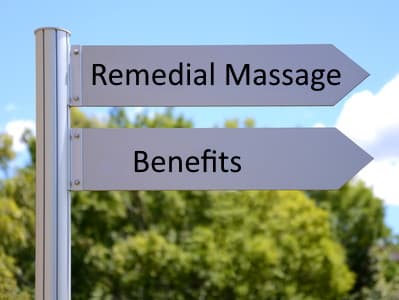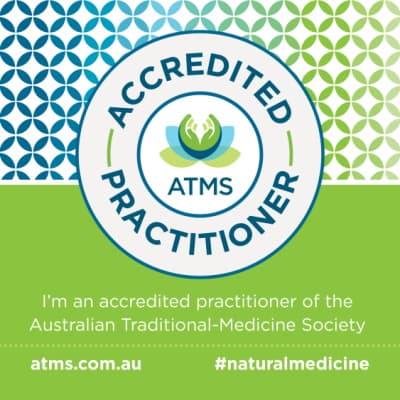Adelaide - Pasadena 5042

Reasons for Muscle Pain

Muscle pain is much more widespread than you might think and pain that you are feeling right now might be just that.
Most people know that the soreness they feel after doing either too much, or unusual, exercise, or too much manual work, comes from their muscles. But often our clients do not know why their muscles hurt.
We have listed some of the most common causes below:
- Repetitive movements (especially at work)
- Unnatural postures
- Staying in the same posture for too long
- Bad sleeping habits
- Car and other accidents
- Falls
- Too many single sided exercises
- Exercises that are too strenuous
- Lifting objects that are too heavy
Other Reasons for Muscular Pain
Lesser known reasons for muscle pain are fever, the flu, some diseases (e.g. many rheumatic conditions, Myofascial Pain Syndrome, shingles ), dehydration, a virus, a flu shot, surgery or taking medicine (e.g. a side effect of Simvastatin for cholesterol reduction).
The Reason behind the Reason for Muscle Pain
Many people think that their muscles are inflamed when they feel too much pain, but inflammation is characterized by swelling and redness in addition to pain1.
Such inflammation can result when an injury to a muscle, tendon or another part of the body has occurred.
In reality, muscular pain is created by small contracted fibres in a muscle or its surrounding fascia: so called myofascial trigger points (“myo” means “muscle”).
The more often muscles are affected by the above-mentioned causes the more fibres remain in a contracted state which usually goes unnoticed for a long time. Then the day comes when your body can not compensate anymore. You might suddenly feel widespread pain from all the trigger points that have accumulated over time.
These sore points have been latent / sleeping in your body and were activated by a seemingly small exercise or movement. Sometimes they become painful by a disease or fever, or a sudden impact (e.g. car accident) and you can feel severe pain throughout your body.
Home Remedies

The most popular home remedies for muscle pain are rest and heat. These measures usually help to reduce or eliminate acute pain for a short while.
Unfortunately these remedies do not eliminate your trigger points. Rest and heat only bring a change of state: active trigger points change to a latent state. This means they stop sending out pain.
However, because these trigger points are still there, they are likely to be activated again by a minor, apparently innocuous movement: your pain comes and goes.2
Further Readings
References:
[1]www.thefreedictionary.com/inflammation
[2]The Trigger Point Therapy Work / Clair Davies, 2.edition 2004 p.45



